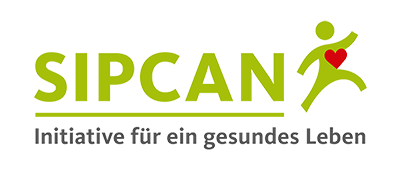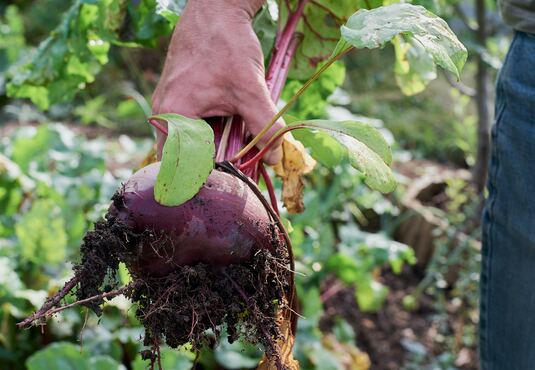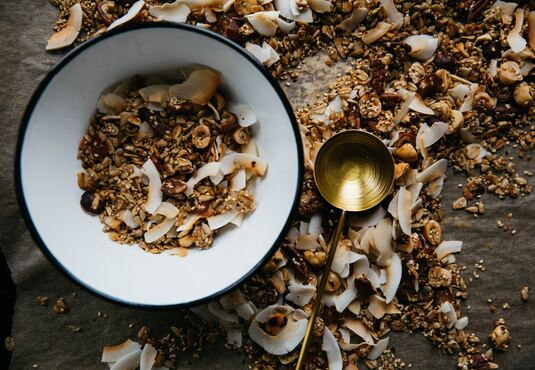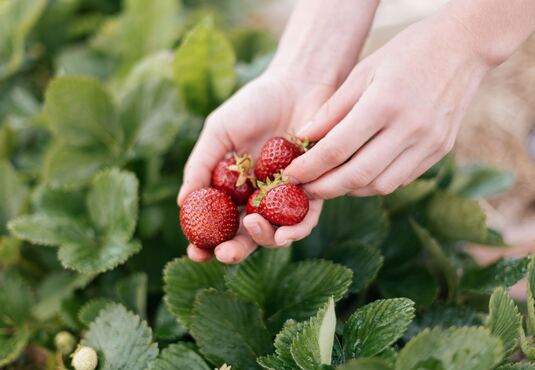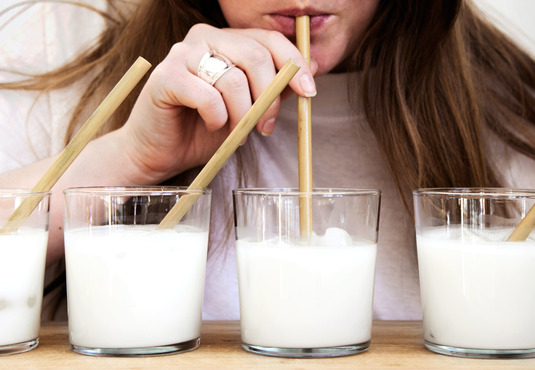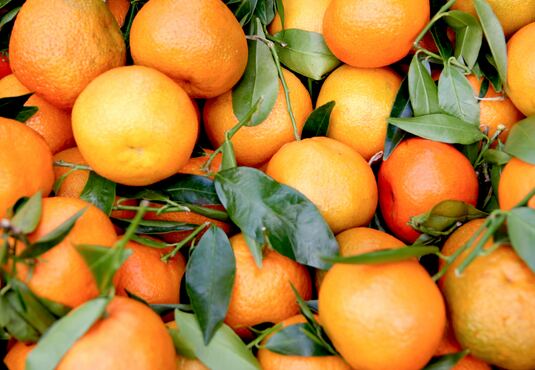
Healthy hydration tips (not only) for kids
First a bit of physiology
Every cell in our body contains water. It serves as a structural material, solvent, transport and cooling medium and regulates all functions and processes in the body. In order to make up for the daily losses through breathing, urine, stool and sweat and thus to balance the personal water household, fluids must be replenished consistently. While children up to the age of 10 should drink around 1 liter of fluid per day, the recommendation for adolescents and adults is at least 1.5 liters per day.
On a hot summer day, during physical activity or with fever, fluid loss through the skin can exceed one liter. The water requirement then increases up to twice the amount!
Thirst is actually already an alarm signal, because while the body can fall back on reserves when it is hungry, this is not so easy with the water balance. A feeling of thirst already arises when the loss of water exceeds about 0.5% of the body weight - for example, this is about 250 ml of fluid for a 50 kg adolescent.
Even a fluid loss of about 2% of body weight can lead to impaired perception, concentration and performance. Often the cause of headaches or dizziness and circulatory problems is also due to insufficient fluid intake.
In addition to drinking enough, the choice of suitable refreshers is essential - right from childhood! This is of enormous importance in order to anchor the development of sustainable healthy drinking behavior at an early age. Many studies also show that frequent consumption of high-sugar drinks increases the risk of overweight and obesity even for children.
Tips for healthy hydration with kids
It is particularly important that you as a parent or other important caregiver support your child in getting enough to drink, because optimal drinking behavior should be a fixed part of the family and ideally practiced or gotten into the habit of right from the start. With these tips, you can succeed:
Use your role model effect:
Drink water regularly and other ideal refreshers like mineral water, unsweetened herbal and fruit teas, or a "spritzed" fruit juice (1 part juice, 3 parts water) every now and then, too.
Drink at a fixed time:
Offer water at set times, e.g., at every meal, before homework, while watching TV.... It's best to start with a glass of water at breakfast.
Drink in between:
There should always be a water pitcher or glass available at home. Always remind your child to drink while studying, but also while playing or doing sports, especially when the temperature is hot and, of course, when he or she has a fever.
Drinking on the go:
A refillable water bottle should always be with you, not only at school, but also on the go. Take purposeful drinking breaks during family outings.
Süß-Trinker langsam entwöhnen:
Slowly get yourself and/or your child used to a lower level of sweetness. When choosing beverages, follow the SIPCAN guideline criteria (maximum 6.7 g of sugar per 100 ml and no sweeteners, see https://www.sipcan.at/zuckerreduktion) and use juices with 100% fruit content, which you dilute more and more with water, or teas with less and less added sugar. In between, offer pure water more and more often. People are creatures of habit and change takes time. Then the body will automatically demand only ideal drinks to quench thirst.
Healthy drinks for children?
There is a tempting range of beverages especially for children, which do not always meet the requirements of "healthy". SIPCAN therefore took a close look at so-called children's beverages as part of its annual survey of beverage offerings on the Austrian market. The results can be read herehttps://www.sipcan.at/post/kindergetraenke-im-sipcan-check
The SIPCAN experts' appeal: "Make water the number one thirst quencher in everyday life and at the family table right from the start and enjoy sugary drinks in smaller portion sizes and only now and then or on special occasions. Especially with children's drinks, it is worthwhile to critically examine advertising claims and packaging. It's easy to do this at home or on the go with SIPCAN's online beverage check at: www.sipcan.at/getraenke-check
More info here:



